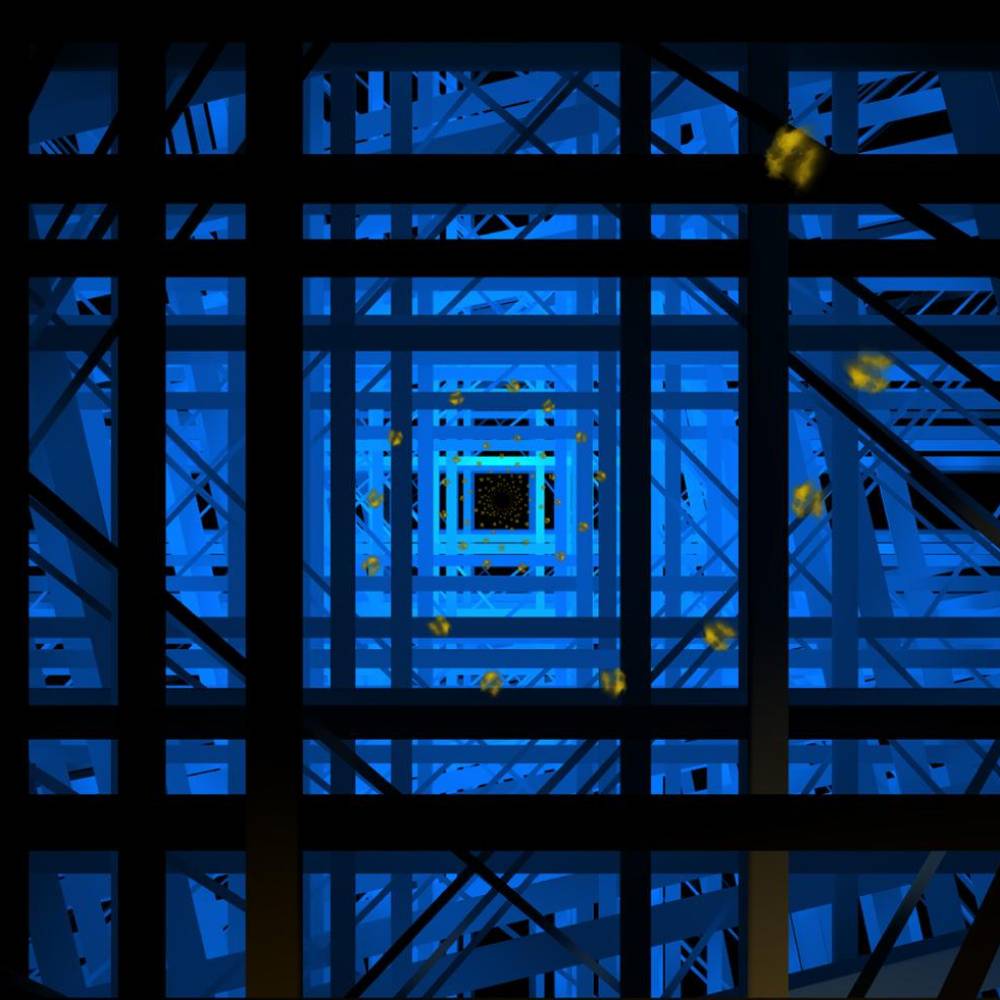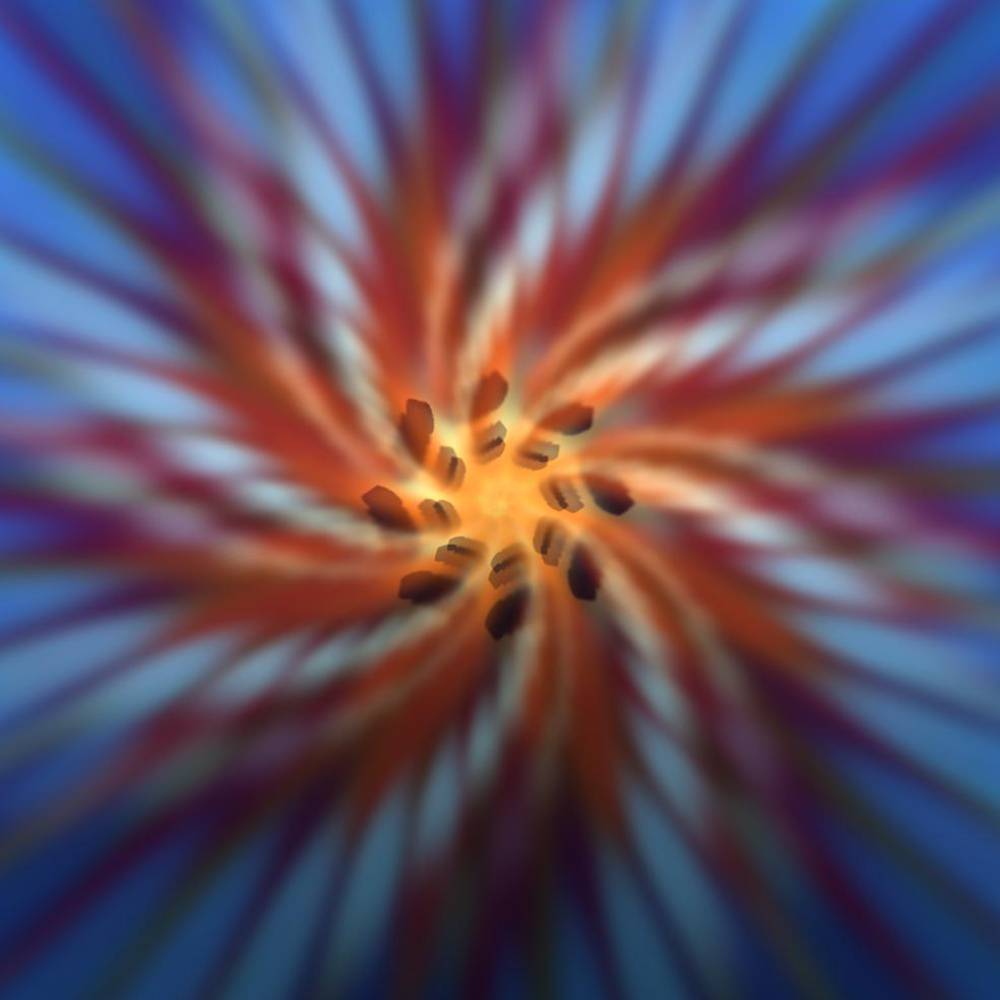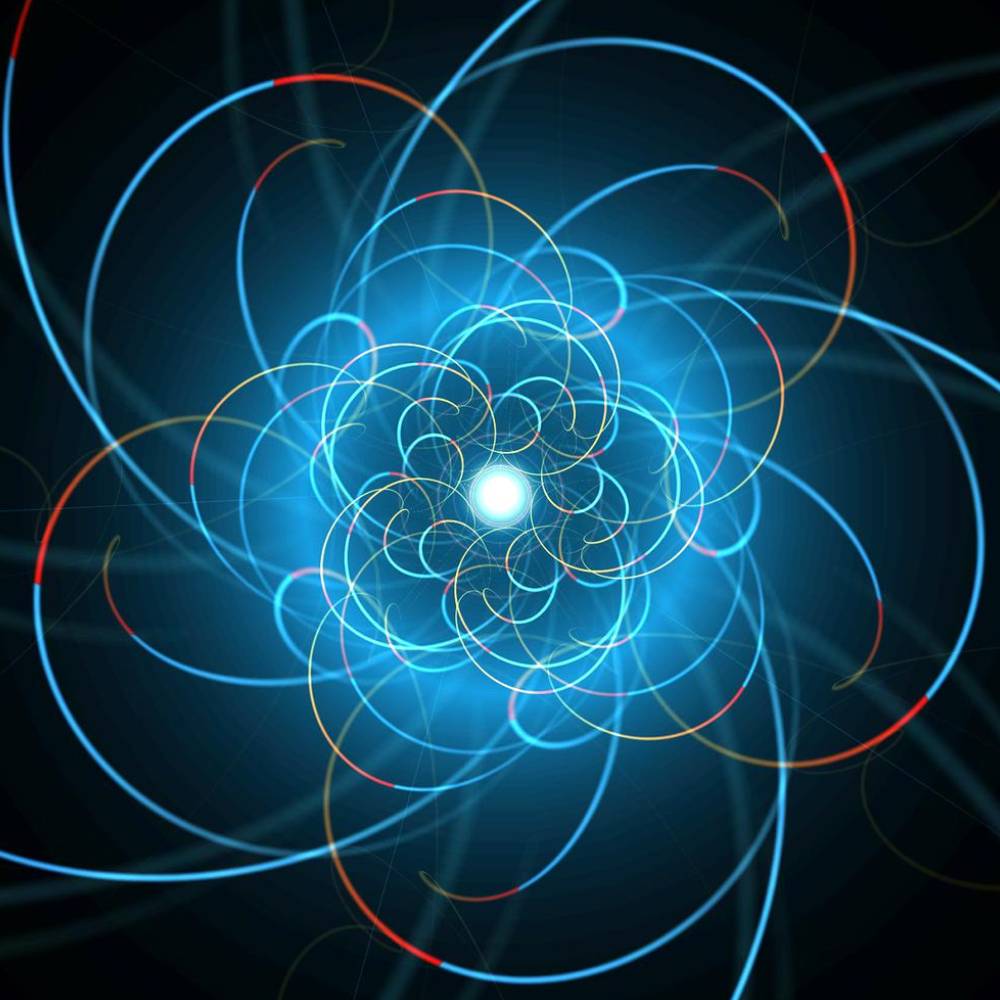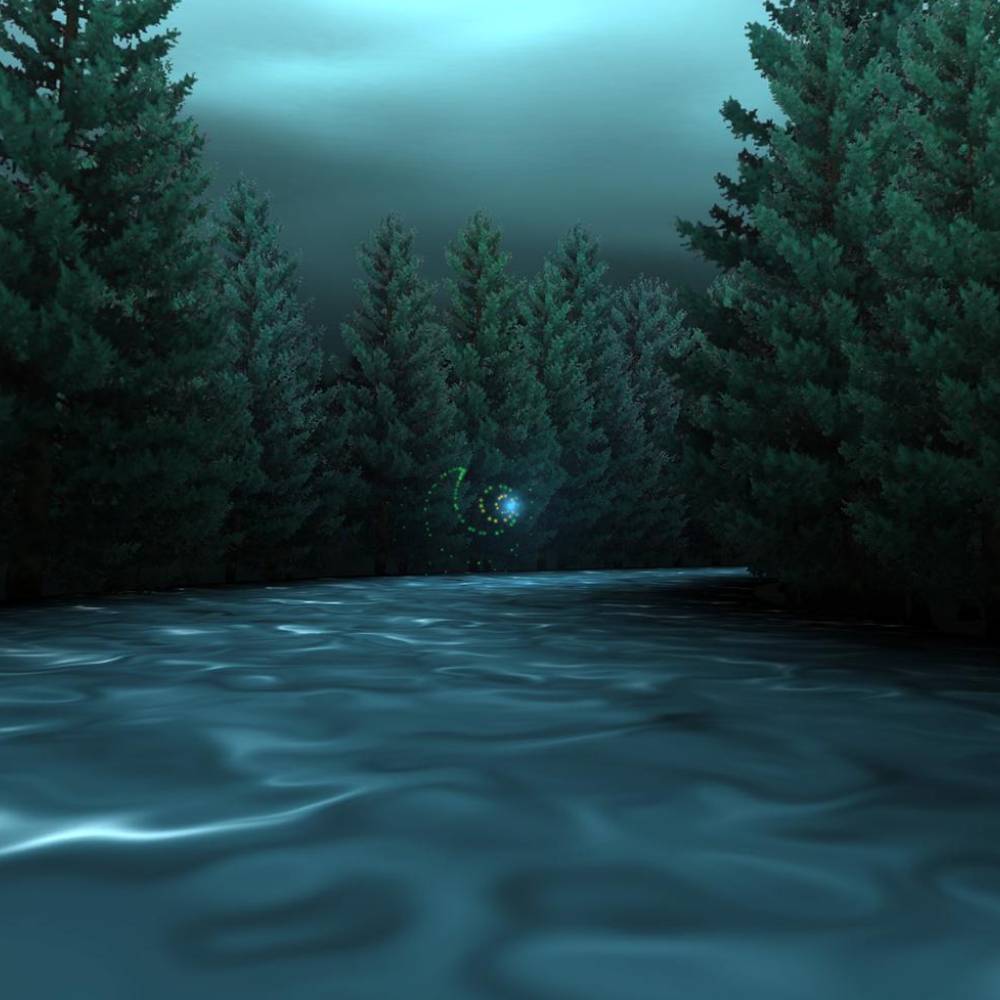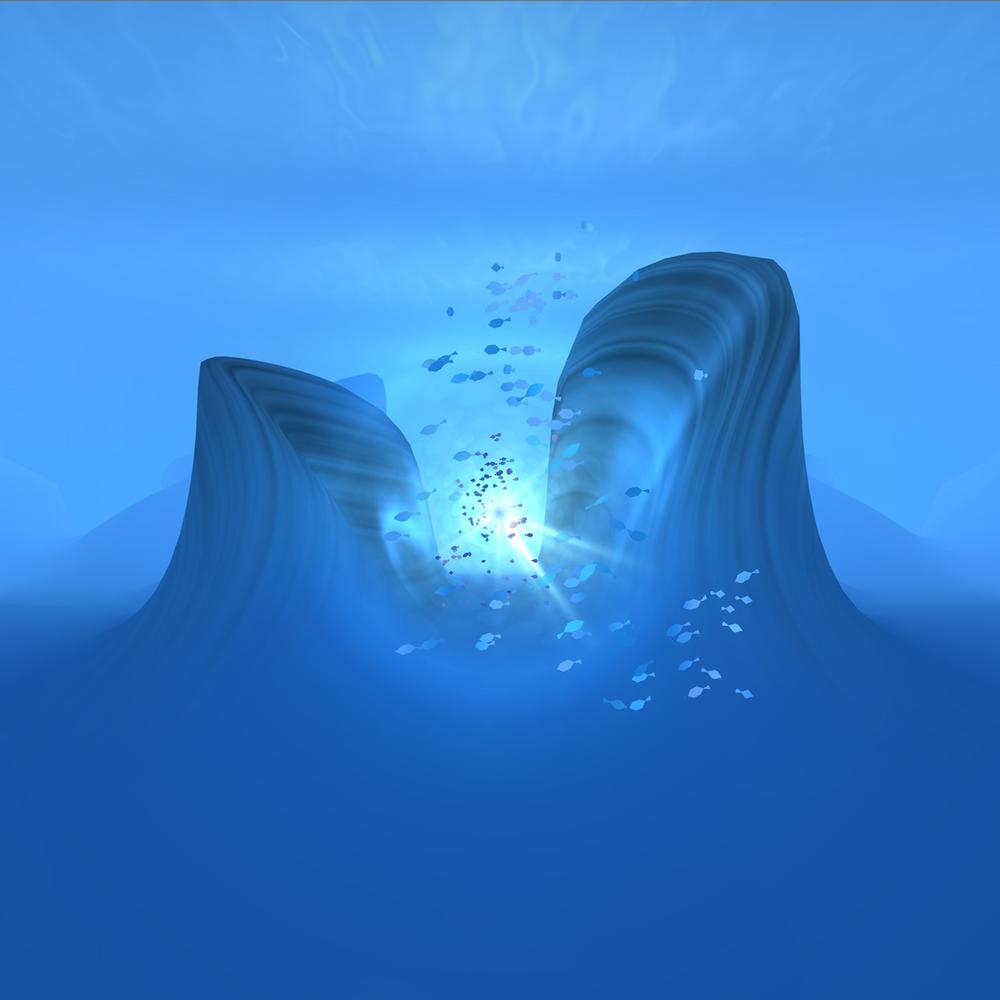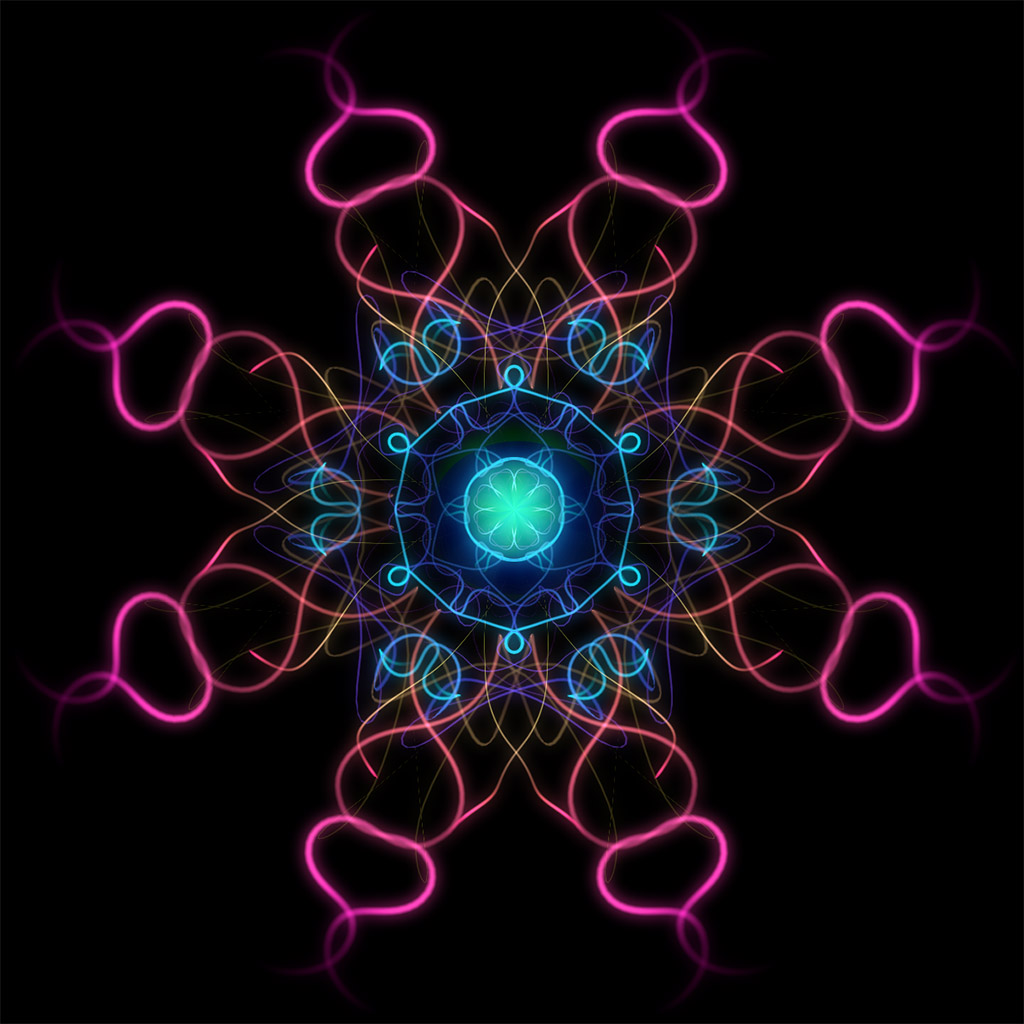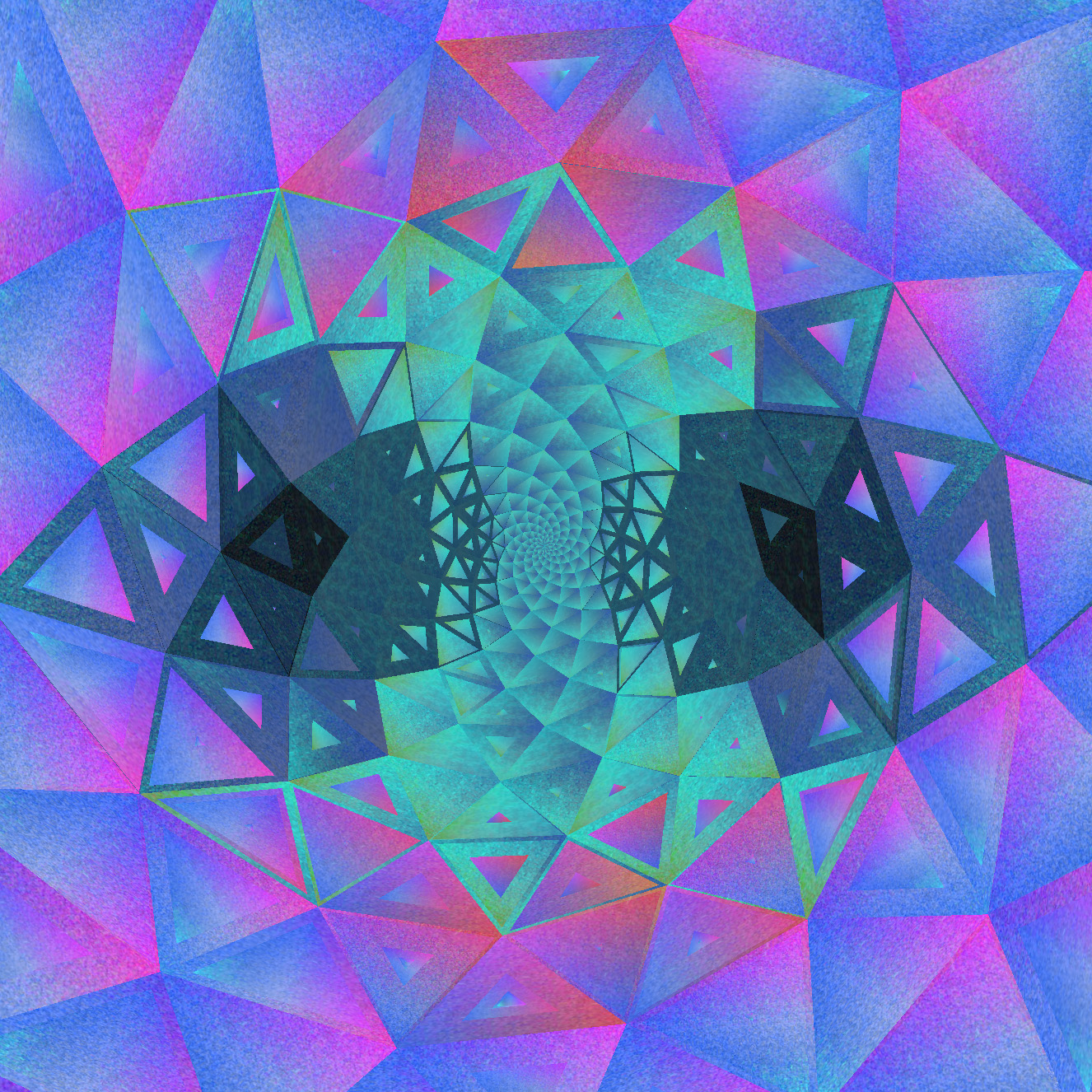Press Contact: [email protected] Publisher: Light Clinic Based in Brooklyn, NY Release Dates: Preview | 20 Dec 2020 Platforms: Oculus Go Steam VR Sidequest Website: visitationsvr.com Social: Twitter Facebook Instagram Regular Price: USD - Free Issue #1: Foundation (includes additional scenes and customization) $9.99
Description Visitations is an immersive gallery of vignettes designed to produce relaxed and entranced states in the user. Aesthetic experiences are brought into the therapeutic realm using lessons from neuroscience and psychology. It makes use of techniques such as binaural beats, subtle strobing, form constants, and includes a body scan meditation, a dream induction, and a soundtrack developed by a healer with experience leading traditionally inspired ceremonies. The experiences in Visitations allow users to turn inwards and explore their own stories and mental states. The spaces are open vessels waiting to be filled by the conscious intentions of the users. Ancient shamans intuitively understood the power of the mind, and that their performances would conjure the body’s innate ability to heal. Modern medicine accomplishes a similar effect with lab coats and pills. Visitations employs technology to similar ends. History The seeds of Visitations were planted at the advent of the explosion of consumer VR devices. David Lobser was in the midst of changing careers from animation direction to creative code and discovered the immense joy of creating hypnotic, trance inducing VR experiences. His first experience, called "Angels in the Attic" premiered as part of a dome screening at the YWCA in Manhattan. After some early development, the project was put on hold for some years until an introduction was made to the Comprehensive Spine and Pain clinic of NY. They were interested in testing VR with their infusions to see if their patients preferred the experience, and they do, by a large margin. These early experiences were also put on display at "Luxury Escapism", New York's first digital spa. COVID destroyed this venture, sadly, but it obviated the need to bring the experiences to the public. Features The scenes are non-interactive or only passively interactive so as not to overload the patient with potentially confusing tasks and allow them to be more introspective. The application will orient itself to fit the the direction the patient is looking in. In this way it works for patients who are sitting up, reclining, or laying on their backs. Patients can choose which scene is their favorite and stay with it as long as they want. A web application allows nurses to provide audio cues to the patients and check in on their level of alertness. The scenes are designed to allow the patients to remain immobile. Visual and aural design principles: The compositions are highly center focused, with attention grabbing tunnels and spirals focusing the eye on subtly strobing dots. Subtle visual strobing at 10 hz may help entrain brainwaves to a relaxed and focused state. The audio makes use of binaural beats and soft ambient soundscapes to soothe the patient. Some of the scenes are more abstract while others are designed as illustrative, natural landscapes. The scenes are procedurally generated. They are constantly changing and never repeat. We believe this allows them to serve as more effective objects of meditation. All of the scenes are rendered in real-time. This provides much higher quality three dimensionality than 360 video. Contact Inquiries [email protected] Awards, Recognition, Screenings Finalist, Games for Change, AARP Alcove Challenge Luxury Escapism Comprehensive Spine & Pain of New York Contributors David Lobser - Creative Director, Lead Developer His work revolves around the creation of luxurious “senscapes” to elicit healing, out-of-body experiences through emerging technologies. With over two decades of projects bridging art and innovation, his interest in using new media to create beautiful, hypnotic imagery is centered on changing the mind states of viewers to elicit calm, focus and creativity. East Forest - Music As a leader in the field of wellness, he offers a spiritual yet non-religious pathway aimed squarely at the challenges of our contemporary lives. It is a process of opening doorways through myriad offerings, including his music, talks, podcast, and retreats. Deirdre Barrett - Dream Induction An author and psychologist who teaches at Harvard Medical School. She is known for her research on dreams, hypnosis and imagery and has written on evolutionary psychology. EMBC - Music EMBC is a creative studio lab focused on modern contemplative experiences that promote healing and renewal. Founder Jacob Marshall and Tim Fain created “Greenwood Butterflies” About light.clinic We are a small collective with the goal of making experiences that alter and uplift people’s minds. Our flagship VR experiences are Cosmic Sugar and Visitations. We see our work as a contribution to the language and understanding of how to use the new medium of VR to control people’s minds for the purposes of good. We see our antecedents in the avant-garde movements of the 20th century and the ceremonial practices of ancient cultures. Our senses are the gateways to our brain. Sensory stimulus can directly alter our physiology. The simplest way to see this is via strobing lights and binaural beats as read on an EEG. Artists are trained to tap into our feelings and interrogate our emotional responses. We are in the best position to craft experiences that can directly alter the physiological state of the viewer. Technology Virtual Reality is a medium which allows artists complete control of the viewer’s experience. Viewers are isolated, audiences are captive. Here is an opportunity to communicate directly, consciousness to consciousness. Visitations was designed for mobile headsets, but it works wonderfully on higher end headsets as well. It was designed for patients and for spa goers with the idea that they wouldn't need any onboarding. As such, interactivity is minimal. The experiences are designed to be passive and meditative. Features that are in the works include machine learning to detect the user's breathing and heartrate from the motion of the VR headset, highly simplified controls for users to adjust the scenery as they like, incorporation with a brain computer interface, and more. Contact Us [email protected]
